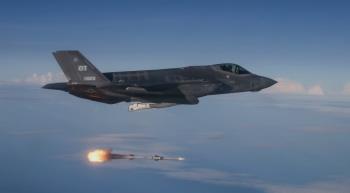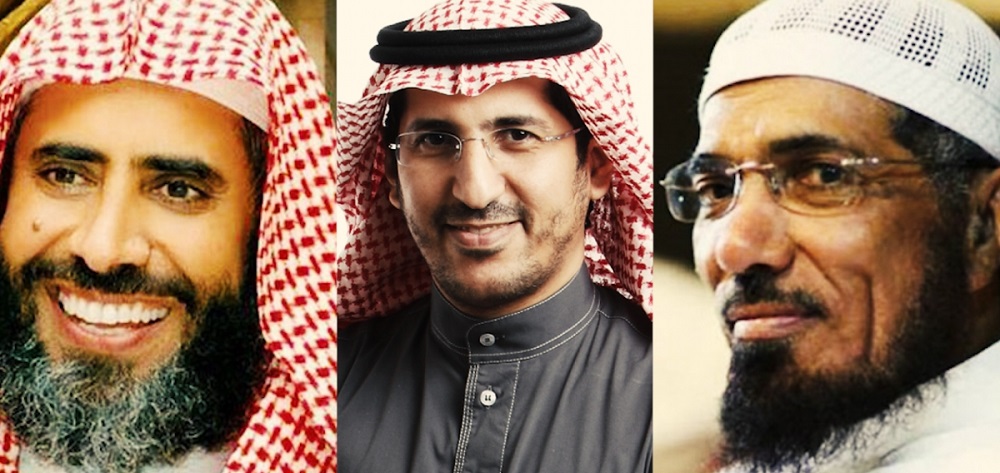Alwaght- After a century of hegemonic status, the Salafi-Wahhabi discourse came up with internal challenges since 1970. The “awakening” discourse, in Arabic “Sahwa”, rose in the challenge of the Wahhabi discourse in Saudi Arabia, seeking to review the ideological and intellectual structures of Wahhabi thought.
The new discourse beside criticizing the prescription of unquestioned obedience to rulers takes parts of its political mindset from the Muslim Brotherhood ideology. It insists on revival of the role of religion in the society and politics all to reconstruct Wahhabism and simultaneously compete with the Shiite Islam discourse.
But what did cause the rise of the Salafi sub-discourse of Sahwa and also the rise of internal conflict of Salafi sub-discourses with the mother discourse of Wahhabism?
Grounds given rise and growth to Sahwa?
Sahwa emergence dates back to the 1960s when Saudi Arabia opened its borders to thousands of Muslim Brotherhood refugees from Egypt, Syria, Iraq, and Palestine. The Saudis adopted “open door policy” mainly to use Muslim Brotherhood clout in their fight against Nasserism and Baathism, Egyptian and Iraqi socialist political ideologies essentially opposing the strict religious codes of Wahhabism. A majority of the refugees were loyal to Muslim brotherhood, bringing their revolutionary thought to Saudi Arabia.
Simultaneously, Saudi Arabia embarked on massive institutional renewal programs mainly affecting education. This was bolstered by huge oil export incomes. At the time, 85 percent of the Saudis were illiterate and the big number of the MBs provided them a big workforce to be employed in educational and sensitive administration sectors. The MBs spread in Saudi society through the education system. This was the start of the spread of Sahwa that built itself on a mix of Salafi and MB ideology.
Sahwa discourse took the core elements of its Islamic and political thought respectively from Wahhabism and MB thought. Its supporters named it “Islamic awakening.” Its opponents called its “Qutbism”, using the name of Sayed Qutb, its developer.
As the oil prices rose and even bigger cash flew to Saudi Arabia, the Saudi leaders tried to simultaneously inject religion into society and pursue secular politics. People majorly could not ask religious scholars about issues associated with government politics, religious interpretations, and challenging matters. In such an atmosphere, the dominant discourse failed to give people an identity and the people moved away from it. This was where Sahwa flourished.
When Saddam Hussein invaded Kuwait in 1990, Saudi leaders asked the US and other Western allies for protection and turned the Arab kingdom into a launching pad to liberate Kuwait. King Fahad said the military assistance demand was necessary but temporary. The US kept forces on the Saudi ground to date, however. Saudi grand mufti Abdulaziz bin Baz legitimized the foreign military presence in the country. But Sahwa clergy blasted the move arguing that Christian forces’ deployment to a Muslim country conflicted with Islamic sharia. After the Iraq invasion of Kuwait to relatively young scholars of Sheikh Salman Awda and Safar Hawali took Sahwa leadership, attracting many of new class and rural younger generations.
Othering Shite Islam, West, and Wahhabism
Sahwa discourse devised “otherings” at local, regional, and international levels to define its identity. Locally, it drew distinction with Wahhabism and Western-leaning seculars. It did the same with Shiite Islam in the region. Internationally, it dubbed the West a “foe”.
The 1997 Islamic Revolution of Iran created a crucial challenge to the Saudi religious community, making many of Saudi religious leaders and young activists demand better conditions for religious leaders in the government. In the new confrontation, the state Wahhabi and secular discourses considered Sahwa a group that offers foreign interpretations of religion. This distinction and otherness played a considerable role in granting Sahwa an identity, enabling it to impose itself on society as a necessity.
Conflict with Saudi government’s interests
Aid al-Qarni, a prominent Sahwa scholar, calls this ideology a “religious renaissance” that restores the honesty and purity of the “salaf”, namely the early Islam. Sahwa says it represents a return to the principles after a long time of separation and alienation. Even further, the holders of this thought say only Islam is a source that offers solutions to all aspects of life, including politics. It presented itself as not only liberator of the individual but also society.
Sahwa leaders were not afraid to adventure in areas where the Saudi leaders had a fear of. This was one of the main reasons behind the Saudi fear of Sahwa.
In Saudi Arabia, only the rulers and state clergy have the right and power to fight “evil” in society. Sahwa rejected this vision and saw general responsibility against evil. The Sahwa leaders always accuse Wahhabi discourse of disconnecting with day’s realities. Legitimizing the US deployment to Saudi soil was just one reason for Sahwa for this accusation.
According to Wahhabi ideology, an uprising against the wali al-amr or custodian—ruler is meant here in the political sense— is outlawed unless he bans pray in the mosques or openly forsakes Islam. Sahwa is a rejectionist in the face of this idea and says that the umma or society has the right set conditions and even limits to the ruler. If the ruler does not respect the limits, an uprising against him is a solution, Sahwa thinkers suggest.
Tolerant view of new technologies
While the Wahhabi clergy viewed new technologies and devices with doubt, Sahwa clergy found them, including launching satellite networks and online religious services, providing platforms to promote their discourse. The use of new technology spread Sahwa thought beyond the borders mainly in Arab countries like Egypt and Kuwait. Mahmoud Abdulmaghsoud, an Egyptian mufti, under Sahhwa teachings issued a fatwa in 2011 legitimizing uprising against Hosni Mubarak who was ousted by a massive revolution.
The opponents in Saudi Arabia since the beginning labeled Sahwa a foreign discourse imported from Egypt and Syria and contumacious to the Saudi religious and cultural beliefs. This ushered in a conflict between the two leading ideologies in Saudi Arabia.
To contain Sahwa’s protestant tendencies, the Saudi rulers went four ways:
1. Discrediting: They called it diversionary and antipathetic to the Islamic sharia.
2. They created rival discourses to inject into the people’s mind the necessity of obeying wali al-amr.
3. Suppressing the leaders of Sahwa by execution, detention, and closing their institutions.
4. Creating new institutions like reviving the grand mufti post, establishing Islamic affairs ministry, and banning religious initiatives with non-state origins.
Government pressures and internal divisions
As a result of stepped-up government pressures, a majority of Sahwa leaders softened tone after detention in the 1990s. Some radical preachers withdrew apostasy fatwas targeting the government. Relations between Sahwa and the government were established without the latter giving any concessions. With government pressures of the 1990s and also after the 9/11 attacks, Sahwa discourse split into three sub-discourses.
1. New Sahwa that tended to forsake political activism and embraced pure social activism.
2. Islamist-reformist liberal Sahwa that asked for root reform of political system and review of the commonplace religious discourse.
3. Neo-jihadi Sahwa that prioritized anti-government criticism and supported the fight against the US by backing al-Qaeda organization.
As a result of these changes, Sahwa continues to live in the Saudi society as a conservative discourse with less revolutionary standpoints. It supports the government’s stances in many regional and international cases. It, for example, supports the Saudi war against neighboring Yemen and deems Bahrain’s revolution a Shiite-Iranian plot aimed at undermining the Persian Gulf region’s security.
After the decline of the general Sahwa discourse, a new sub-discourse, dubbed reformist Salafism, rose to existence. It advocates political reforms and a peaceful shift to constitutional monarchy instead of an absolute one. It backs the rule of law and public freedoms and popular participation in political decisions. In the viewpoint of new Sahwa version, Islam was not expanded using force and in it people are free to choose their religion and fight obstacles to that. In general, justice, public participation, and religious jurisprudential tolerance are the traits of the new Sahwa discourse.



























